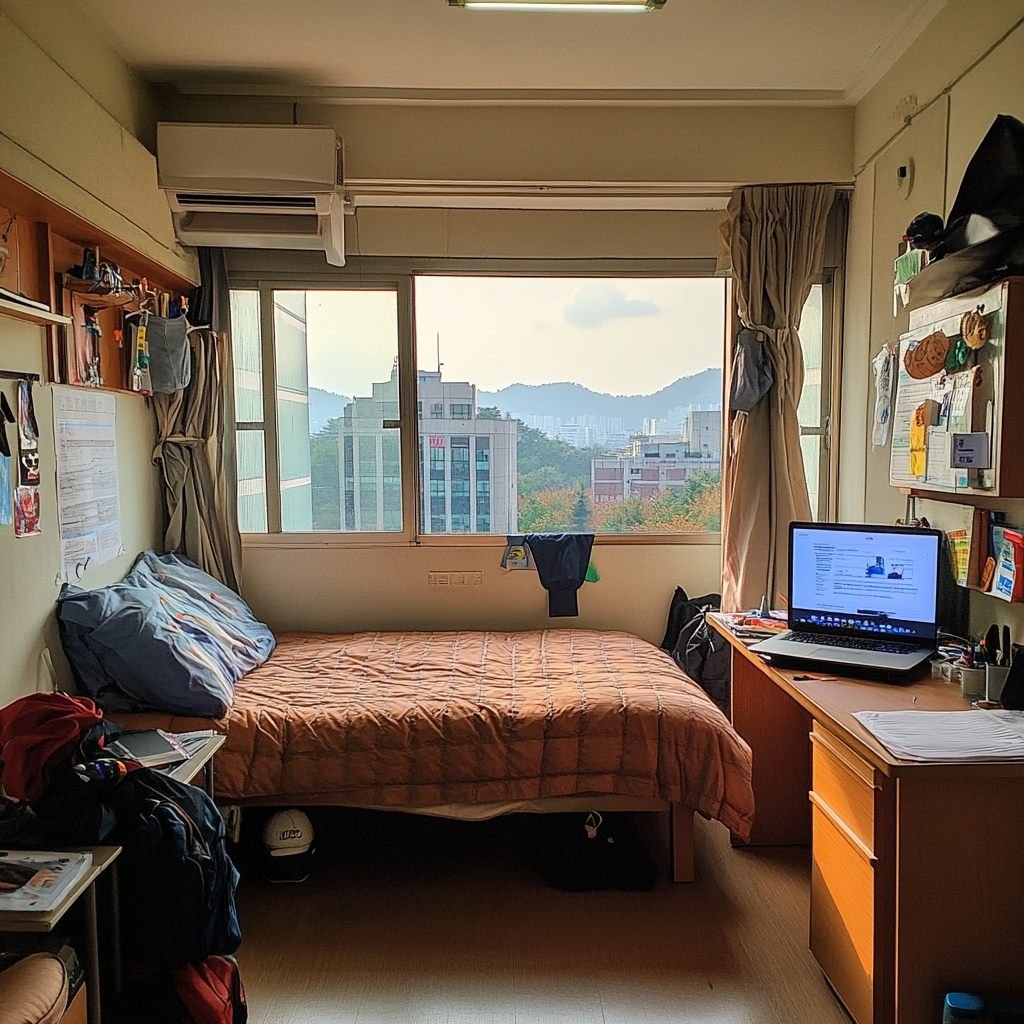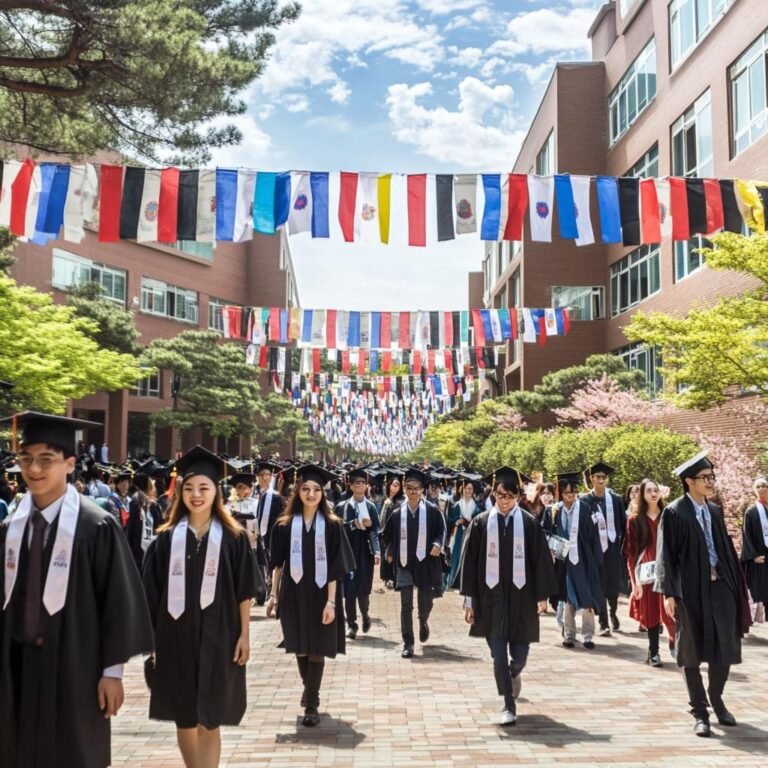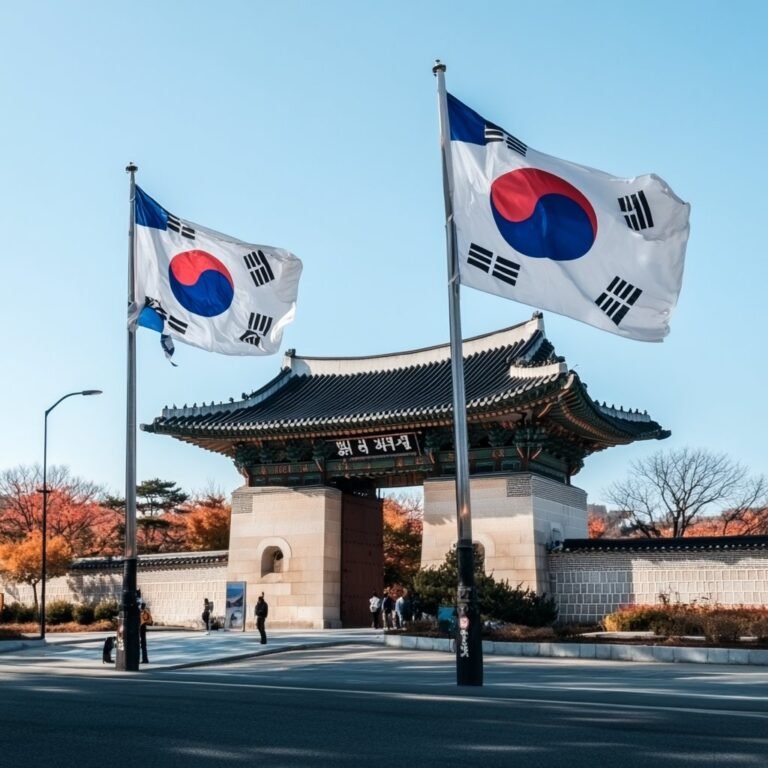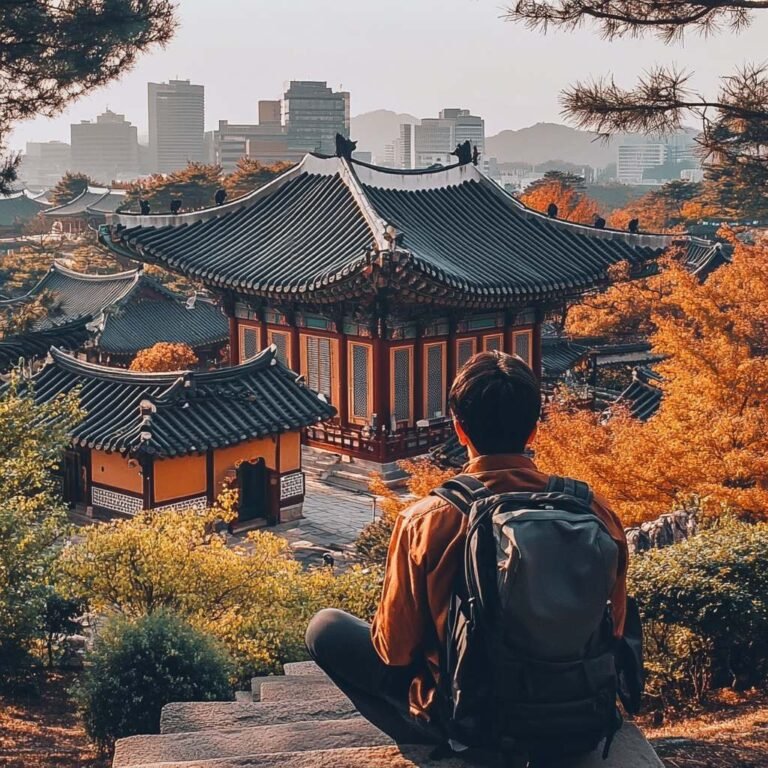Understanding Accommodation Costs for Nepali Students Studying in Korea
Embarking on an educational journey in South Korea is an exciting opportunity for Nepali students. However, understanding the accommodation costs is crucial for effective budgeting and a comfortable stay. This guide provides an in-depth look into the total accommodation costs while studying in Korea, tailored specifically for Nepali students.
1. Overview of Studying in Korea for Nepali Students
South Korea, with its advanced education system, cutting-edge technology, and rich cultural heritage, has become an attractive destination for international students. Nepali students are increasingly considering Korea for higher studies due to its quality education, scholarships, and global recognition. Adjusting to a new country involves various challenges, and finding suitable accommodation is among the top priorities.
2. Types of Accommodation Available
Finding the right accommodation is vital for a student’s comfort, academic success, and overall well-being. In Korea, Nepali students have several options:
a. University Dormitories
University dormitories are often the most convenient and affordable option. They are located within or near the campus, reducing commute time and expenses. Dormitories provide a great opportunity to meet other international and local students, fostering cultural exchange and friendships.
b. Off-Campus Housing
- Goshiwon: Small, single-room accommodations popular among students and individuals preparing for exams. Rooms are minimalistic, offering just enough space for a bed, a desk, and sometimes a private bathroom. Ideal for those who prefer privacy and are on a tight budget.
- One-room Apartments: Studio-type accommodations that include a private bathroom and kitchenette. They offer more space and privacy but come with higher costs. Suitable for students who prefer independent living.
- Share Houses: Communal living spaces where each resident has a private bedroom but shares common areas like the kitchen, living room, and bathrooms. Great for those who enjoy socializing and want a home-like environment.
c. Homestays
Living with a Korean family provides a unique cultural immersion experience. Homestays often include meals, utilities, and the opportunity to practice the Korean language in a natural setting. Suitable for students who want to deeply engage with Korean culture and traditions.
3. Cost Breakdown
Understanding the costs associated with each accommodation type helps in making an informed decision and planning your finances accordingly.
a. University Dormitories
- Cost: Approximately KRW 200,000 to KRW 600,000 per semester (equivalent to NPR 20,000 to NPR 60,000).
- Features: Shared or single rooms, communal bathrooms, study rooms, cafeterias, internet access, and sometimes gym facilities.
- Meal Plans: Some dormitories offer optional meal plans at additional costs.
b. Goshiwon
- Cost: KRW 300,000 to KRW 500,000 per month (NPR 30,000 to NPR 50,000).
- Features: Small private rooms, basic furnishings (bed, desk, wardrobe), shared kitchen and laundry facilities, sometimes including basic utilities and internet.
- Pros: No deposit required, flexibility with short-term leases.
- Cons: Limited space, minimal privacy due to thin walls.
c. One-room Apartments
- Cost:
- Key Money (Deposit): KRW 5,000,000 to KRW 20,000,000 (NPR 500,000 to NPR 2,000,000).
- Monthly Rent: KRW 400,000 to KRW 800,000 (NPR 40,000 to NPR 80,000).
- Utilities: KRW 50,000 to KRW 100,000 (NPR 5,000 to NPR 10,000), covering electricity, water, gas, and internet.
- Features: Private space, more freedom, possibility to furnish and decorate as desired.
- Pros: Independence, comfort, and privacy.
- Cons: Higher initial costs due to key money, responsibility for utility bills.
d. Share Houses
- Cost: KRW 350,000 to KRW 600,000 per month (NPR 35,000 to NPR 60,000).
- Features: Private bedrooms, furnished common areas, shared facilities, sometimes including cleaning services.
- Pros: Lower costs compared to one-room apartments, social environment.
- Cons: Less privacy, potential for conflicts with housemates.
e. Homestays
- Cost: KRW 600,000 to KRW 1,000,000 per month (NPR 60,000 to NPR 100,000).
- Features: Private room in a family home, meals included, utilities covered.
- Pros: Cultural immersion, language practice, supportive family environment.
- Cons: Less independence, need to adhere to house rules.
Also read: How Much Nepali Students Earn in Korea?
4. Factors Influencing Accommodation Costs
a. Location
- City vs. Suburb: Accommodation in metropolitan areas like Seoul, Busan, or Incheon tends to be more expensive due to high demand and living costs.
- Accessibility: Proximity to public transportation, such as subway stations and bus stops, can increase rental prices.
- University Vicinity: Properties near universities are in high demand, often resulting in higher rents.
b. Facilities and Amenities
- Furnished vs. Unfurnished: Furnished accommodations save initial setup costs but might have higher rents.
- Security Features: Buildings with enhanced security systems, CCTV, and secure entry may charge more.
- Additional Services: Amenities like gyms, study rooms, and laundry services can affect costs.
c. Duration of Stay
- Lease Terms: Long-term leases may offer lower monthly rates, while short-term leases might be more expensive.
- Seasonal Demand: Accommodation costs can fluctuate based on academic calendars and seasonal demand.
Also read: Total cost to study in Korea from Nepal 2024
5. Tips for Nepali Students to Reduce Accommodation Costs
a. Early Planning
- Start Early: Begin your accommodation search several months before your intended move-in date.
- University Resources: Utilize the university’s international student office for housing assistance and recommendations.
b. Networking
- Connect with Other Nepali Students: Reach out to Nepali student associations in Korea for advice and potential housing leads.
- Online Platforms: Use reputable websites and apps designed for housing searches in Korea.
c. Negotiating
- Key Money Negotiation: Sometimes landlords are willing to adjust the amount of key money in exchange for higher monthly rent, or vice versa.
- Group Renting: Consider renting a larger apartment with friends to split costs.
d. Budgeting and Financial Management
- Create a Detailed Budget: Include all possible expenses such as rent, utilities, food, transportation, and leisure.
- Scholarships and Part-time Jobs: Look for scholarships that offer housing allowances or consider part-time work (within the allowed hours for international students) to supplement income.
6. Cultural Considerations
- Understanding Local Customs: Familiarize yourself with Korean housing etiquette, such as recycling practices and quiet hours.
- Communication: Learning basic Korean phrases can help communicate with landlords and navigate daily life.
You can read about: What are the Types of South Korea Student Visa for Nepali Students?
7. Conclusion
Studying in Korea offers Nepali students a chance to gain a world-class education while experiencing a rich and dynamic culture. Students can make informed decisions that align with their budgets and lifestyle preferences by thoroughly understanding the accommodation options and associated costs. Careful planning, utilizing available resources, and being proactive in the housing search can lead to a comfortable and rewarding living experience in Korea.
Let Us Assist You!
Are you ready to embark on your educational journey to Korea? Need help with university applications, scholarships, or visa processes? Contact our team of experts at Study in Korea from Nepal for personalized support and guidance.
From ensuring your applications are meticulously prepared to advising on the nuances of studying abroad, we’re here to assist you in every step. Don’t let the complexities of international education hold you back.
Contact us today to start your adventure in Korea!






